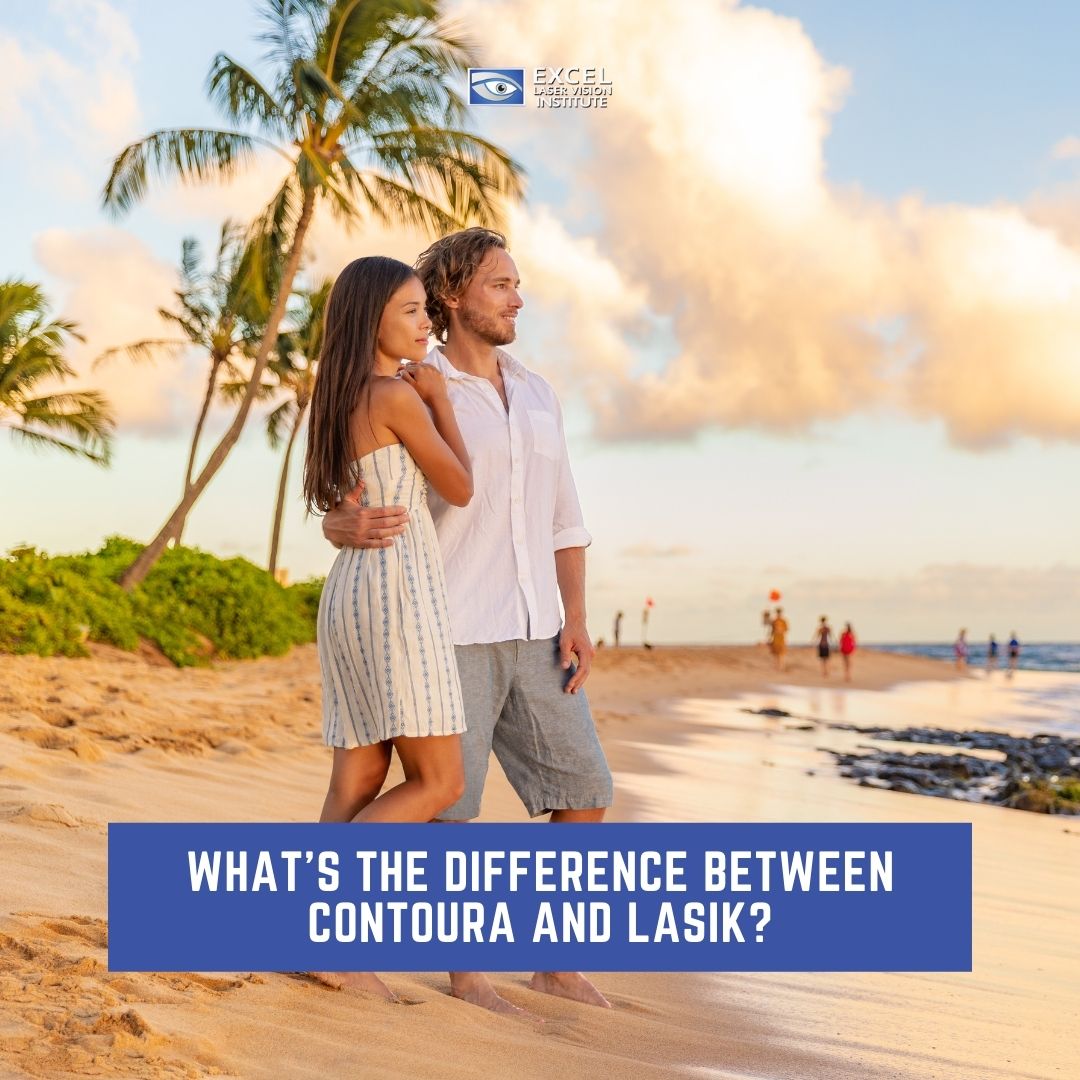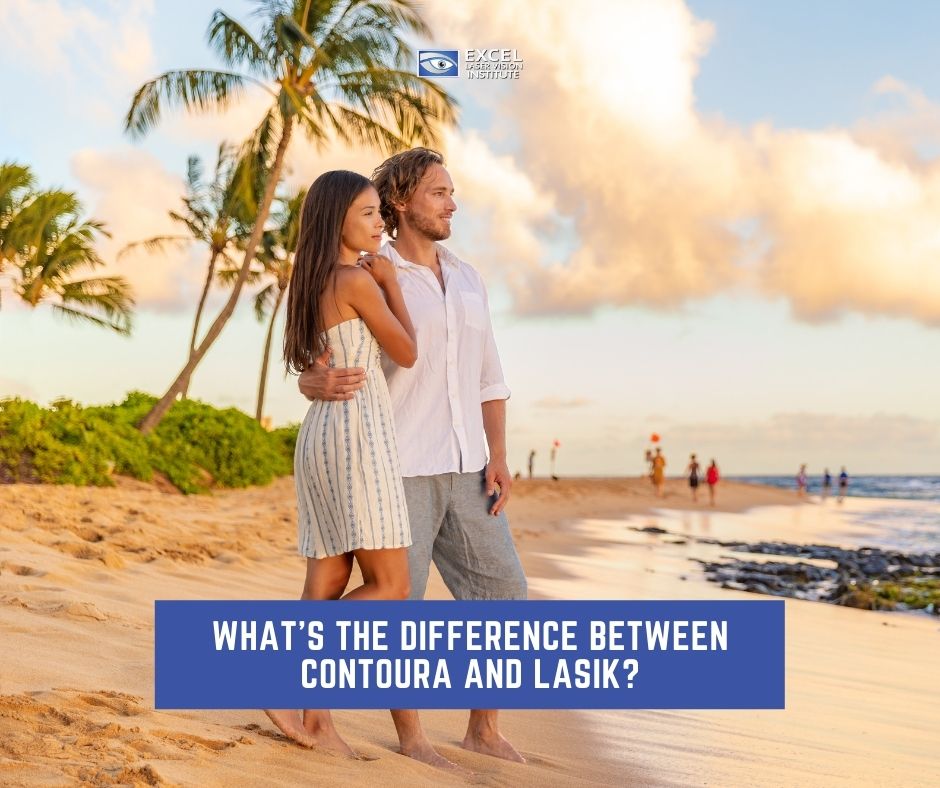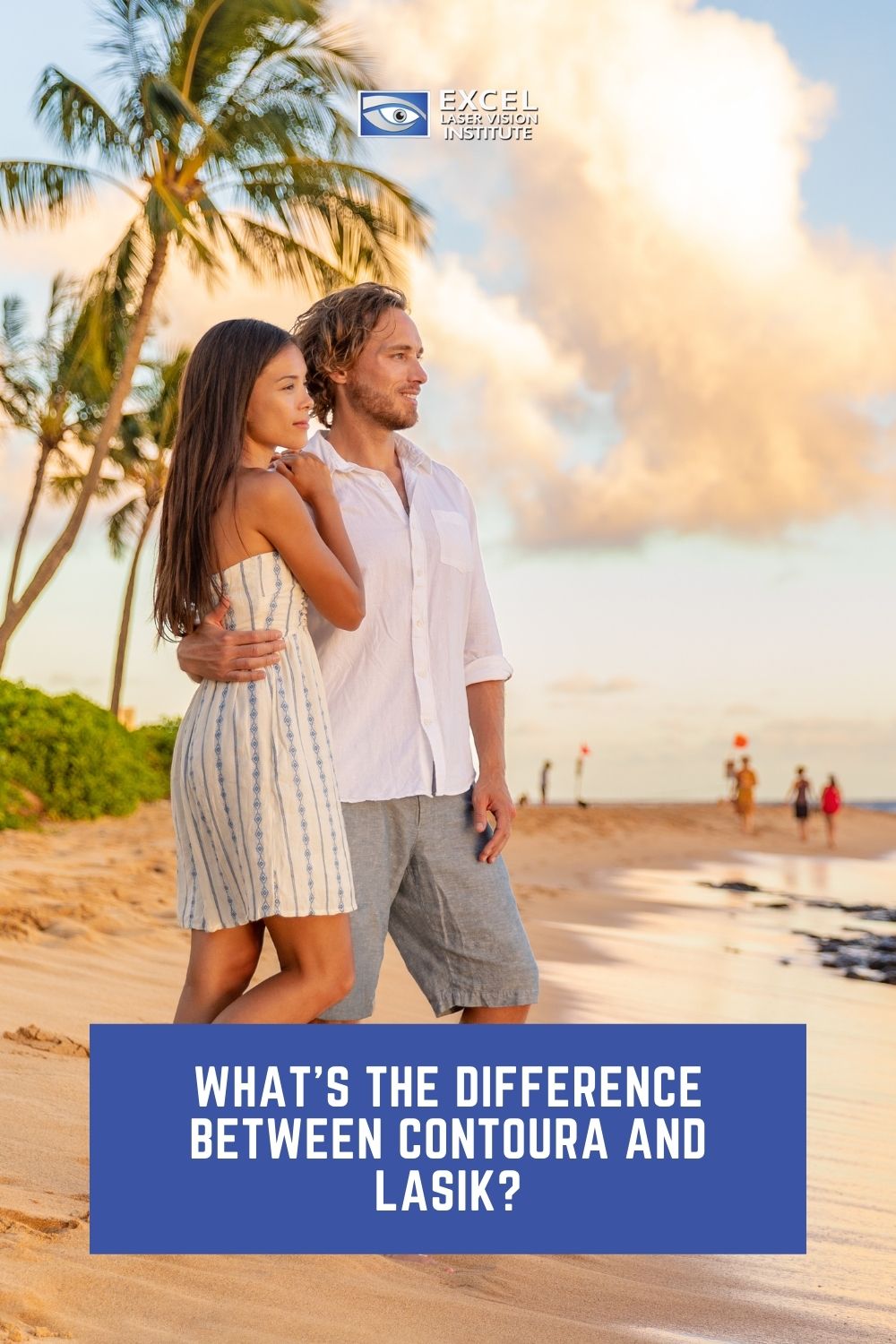
The eye doctors explain that LASIK is a procedure that utilizes a laser to alter the shape of the cornea to make adjustments to certain eye conditions such as myopia, hyperopia, or astigmatism. Over the last thirty years, new technology advancements have mainly concentrated on improved methods to measure the corneal curvature or topography and then guide the laser to correct these topographical discrepancies.

At Excel Laser Vision Institute, a LASIK eye surgery clinic in Orange County, Contoura Topography-guided LASIK is a new technology that measures the overall curvature of the cornea to measure slight corneal topographical imperfections.
To give you a broader view of Contoura technology, it is good to understand the history of LASIK.
LASIK In The Early Years
In the 1990s, a few European eye doctors decided to improve photorefractive keratectomy (PRK) to enhance refractive surgery. This enhancement, which was known as “flap and zap,” was the inception of LASIK. Its prototype (PRK) was approved in 1995 by the FDA. During PRK, the front surface of the eye is directly modified by the laser. Because PRK treated the external surface of the eye, it had a healing time of several weeks or months, and patients experienced some discomfort.
The FDA approved LASIK in 1999, and it dazzled everyone for its ability to offer vision correction with minor discomfort and a shorter recovery time. From the time it was introduced in 1999, the improvements began in better measures of the cornea and more precise ways to correct the corneal curvature. The first massive update was Wavefront analysis which advanced accuracy through corneal mapping. By 2003, Wavefront-guided custom LASIK became extensively available globally, and LASIK was the most commonly performed elective procedure. Since Wavefront came on the scene, LASIK has gone on to progress and become even more accurate.
In 2015, the FDA approved the most recent and the greatest when it comes to customized LASIK Contoura Vision topography-guided LASIK.
What Is Contoura Vision?
Essentially, Contoura Vision is an exceptionally advanced, accurate, and individualized LASIK treatment. The advanced technology provides surgeons with an exact, detailed mapping of the cornea, which lets eye surgeons offer customized care for each patient’s eyes. The cornea has over 22,000 unique elevation points, which are analyzed and sent to the surgical planning computer that directs the laser beam to correct the minute curvature variations at each end.
The advanced, personalized nature of Contoura Vision provides patients with a vision that is undeniably anything better than they have ever experienced with eyeglasses or contact lenses. Contrary to traditional LASIK that focuses on refractive errors by repairing the overall shape of the cornea, topography-guided LASIK also concentrates on abnormalities affecting the surface texture of the cornea. Also, some results indicate improvement in contrast sensitivity with topography-guided LASIK.
How Does Contoura Work?
The LASIK eye surgeon will use a topographer and the WaveLight® EX500 Excimer Laser to carry out this procedure. Topography-guided LASIK helps to change the shape of the patient’s cornea, significantly enhancing vision. Since the Contoura procedure is specially customized to each patient’s cornea, the possibilities of experiencing glare, light sensitivity, and halos after the procedure are decreased.
Topography-guided LASIK, better known as Contoura, is a customized treatment that uses an assortment of very detailed images on each patient’s eyes to determine a patient’s specific vision correction requirements. When the patient’s eye is imaged and analyzed using the over 22,000 unique elevation points on the cornea, the data is sent to a surgical planning computer to create their custom profile to optimize the patient’s vision.
How Long Is A Contoura Procedure?
Topography-guided LASIK surgery and Contoura vision surgery are the same. The procedure’s process is identical to LASIK surgery. However, the technology involved is different from conventional LASIK surgery. A comprehensive eye check-up of the patient is carried out to eliminate the existence of any diseases or infections. The laser eye surgery is done under the effect of local anesthesia.
A Contoura procedure makes around 22,000 points on the cornea through topography. Every point is checked for abnormality and is corrected through LASER. The machine that is involved in the Contoura vision includes WaveLight EX500 Excimer Laser Systems and WaveLight TopolyzerVario Diagnostic Device. Excel Laser Vision Institute has the latest technlogy of WaveLight EX500 Excimer Laser.
To get the best result after LASIK eye surgery, you must follow your LASIK surgeon’s advice on eye care. They will prescribe eye drops such as anti-inflammatory and antibiotics to prevent inflammation and infection.
Contoura Recovery
LASIK patients will see very noticeable visual improvements right after their Contoura Vision LASIK procedure. However, recovery time is different for everyone. For instance, if you are a patient with a higher prescription, your recovery might be a little slower than someone with a lower prescription. Besides resting with protective eye shields in a postoperative room for around an hour, your laser eye surgeon will recommend the following:
Designate someone to drive you home after surgery and help you pick up any medications that you may have been prescribed
Please keep your eyes clean and try not to rub them
Get comfortable rest at home for at least an hour wearing your protective eye shields
Follow any additional postoperative instructions your eye surgeon may give you
It is not unusual for the patient to experience mild to moderate discomfort during the first couple of days after surgery as their eyes heal. Some patients may experience minor issues such as red or watery eyes for the first few days after the procedure, but others can get back to work the next day. Doctor Moosa, your LASIK surgeon at Excel Laser Vision Institute in Orange County, will prescribe medications to help you with any discomfort. He schedules a follow-up appointment the next day to test your vision to make sure your eyes are healing correctly.




